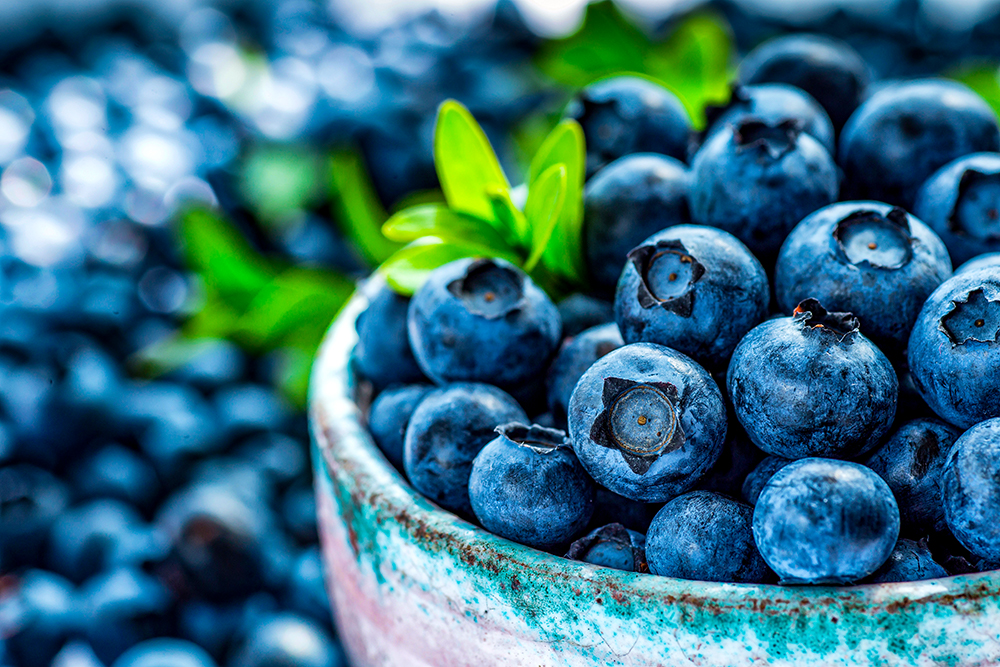Florida Blueberries a Booming Business
Sponsored by Farm Credit of Central Florida
by TERESA SCHIFFER
Did you know that the blueberry (Vaccinium spp.) is one of only a handful of cultivated fruit crops that is native to North America? Experts estimate that the bush has been present on this continent for about 13,000 years. Native Americans were enjoying the fruit when European settlers first arrived, and wild blueberries began emerging in Florida in the 1800s. Since then, blueberries have been widely domesticated and several varieties have been specifically developed to prosper in Florida. Over the years, Florida’s blueberry industry has experienced ups and downs, but it is now worth approximately $82 million annually with a bright future ahead.
Florida’s blueberry industry declined in the 1920s and it took until the ’60s for it to become reinvigorated. It was at that time that Professor Ralph Sharpe started a low-chill blueberry breeding program at the University of Florida. The program released the first southern highbush cultivars in 1976, paving the way for the state’s current success with the fruit. Soon after that, highbush blueberries began being shipped out of state, and by 1982 they were selling for $5 per pound in New York.
Southern highbush and rabbiteye are the two main varieties of blueberries grown in Florida because of their tolerance for the state’s mild winters. Nationally, the majority of blueberries come from Michigan, New Jersey, Oregon, Washington, and North Carolina. What gives Florida berries an edge over the northern powerhouses is that our climate allows for earlier ripening of the fruit, meaning Florida growers can take advantage of an early window and reap top prices for their produce. Some southern highbush cultivars ripen as early as early April through mid-May, making those berries the first to hit grocers’ shelves each spring. Rabbiteye varieties tend to start ripening about a month to six weeks later and tend to be sold locally. The majority of blueberries grown in Florida are shipped fresh to other states.
The University of Florida has played a huge role in the success of Florida’s blueberry industry. The UF/IFAS Blueberry Breeding Program is committed to developing berries that can thrive in the region’s climate and soils, while resisting diseases and producing high-quality fruit. The university uses patents and licenses on its developments to protect Florida growers and fund continuing research. This practice prevents foreign farms from overwhelming the marketplace with cultivars that were originally developed for Floridians. The revenue generated from licensing is then reinvested in the research program, allowing the labs to purchase new equipment and to hire breeders and faculty who can travel to farms and advise growers.
Growing blueberries in Florida requires a sizable investment, costing as much as $20,000-$25,000 per acre to plant, and plant yields are on average only about a quarter of what plants in states such as Michigan produce. Nonetheless, hundreds of small blueberry farms have been established throughout the state over the past 30 years as growers strive to capitalize on the state’s early harvest.
Looking ahead, UF and the University of Florida’s Institute of Food and Agricultural Sciences program continue to work hard to develop varieties well-suited to our Florida environment, in addition to new varieties better suited for mechanical harvesting.
Sponsored by Farm Credit of Central Florida


